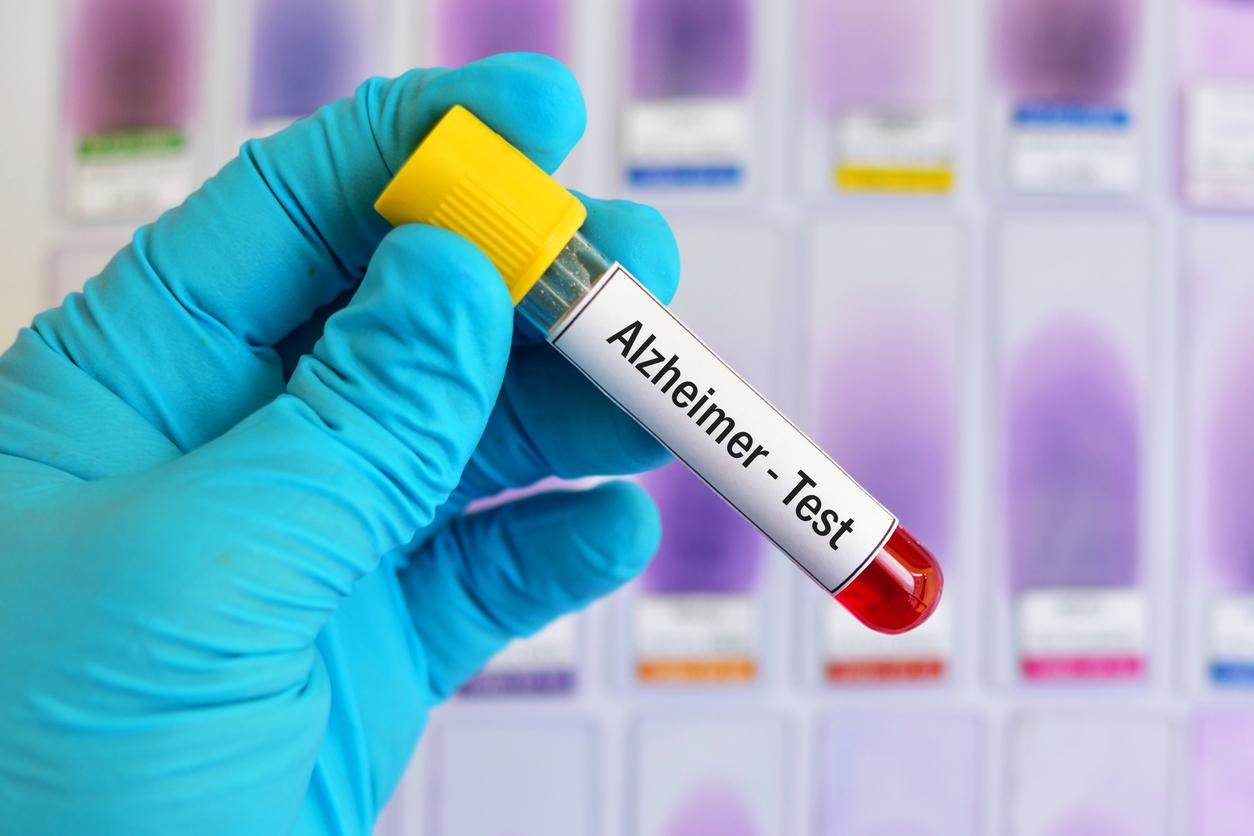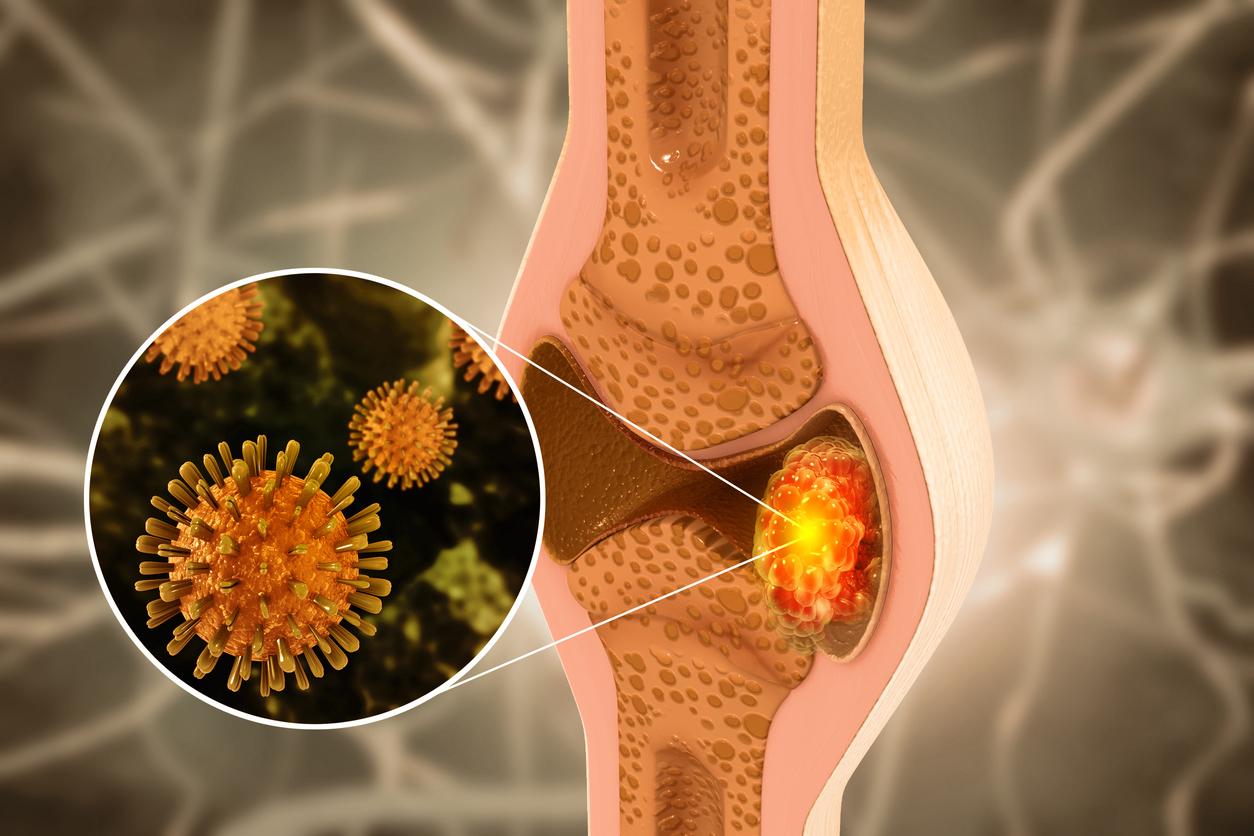Early detection of autism in children is crucial for their development and social integration. However, despite scientific advances and increased awareness, this screening often remains too late. Why? A look at a problem with dramatic consequences.

- Early detection of autism is still too often delayed by a combination of avoidable factors.
- Many children are diagnosed late, often after age 4.
- By investing in training, awareness raising and appropriate structures, it would be possible to significantly improve the situation.
Detecting signs of autism spectrum disorder in the first years of life allows for early interventions, increasing the chances of improving the quality of life of affected children. But the reality is quite different: many children are diagnosed late, often after the age of 4, while signs can appear as early as 18 months.
A shared responsibility of health professionals and families
Several factors explain this delay. First, the lack of training and awareness among health professionals. Many pediatricians and general practitioners are not sufficiently trained to recognize the early signs of autism. This deficiency results in rapid consultations and a lack of vigilance regarding atypical behaviors in toddlers.
Then, the parents’ lack of knowledge also plays a role. Many parents are not informed about the signs to watch for, or attribute them to developmental peculiarities without being alarmed. This lack of knowledge is sometimes fueled by a certain minimization of parental concerns by health professionals.
Social and territorial inequalities
The situation is exacerbated by territorial and social inequalities. In rural areas or disadvantaged neighborhoods, access to specialists is often limited. Families must travel long distances to consult a neuropediatrician or a specialized psychologist, which delays diagnosis. In addition, waiting lists for these specialized consultations are often very long, adding months or even years before a diagnosis is made.
Added to this is administrative inertia and the lack of resources allocated to the screening and treatment of autism. The reception and monitoring structures are insufficient to meet the growing demand. Professionals in the sector regularly denounce the lack of funding and human resources to effectively meet the needs of autistic children and their families.
The consequences of late diagnosis
Unfortunately, the consequences of a late diagnosis are serious. Without appropriate care, autistic children encounter major academic and social difficulties. They can develop associated disorders, such as anxiety or depression, further complicating their journey. In addition, parents, often destitute, must face an exhausting and costly diagnostic journey, both financially and emotionally.
Autism screening must become a public health priority
To reverse the trend, several actions are necessary. It is urgent to strengthen the training of health professionals so that they are able to detect the early signs of autism. Awareness campaigns aimed at the general public must be intensified to better inform parents. Furthermore, it is crucial to reduce territorial inequalities by developing specialized structures in under-resourced areas. The public authorities must also increase the funding allocated to autism care to meet the growing needs.
Autism screening can no longer be the business of a few isolated specialists. It must become a public health priority, mobilizing all stakeholders in the health system and society. It is a question of justice and equal opportunities for all children, regardless of their condition or where they live.
















